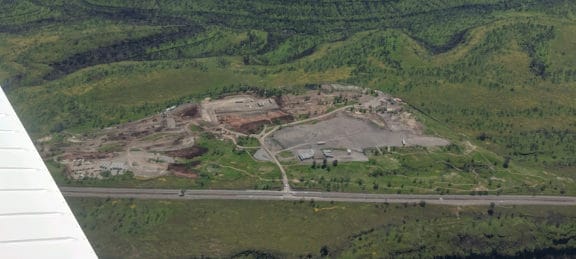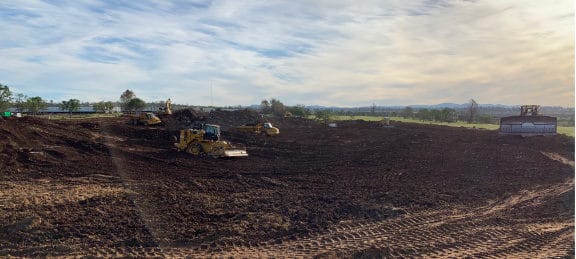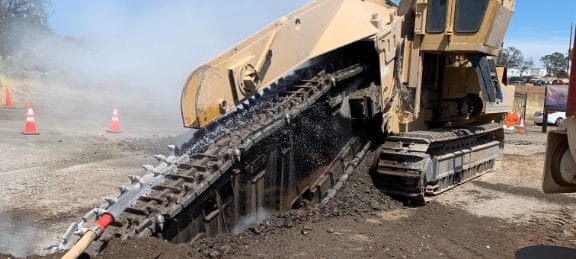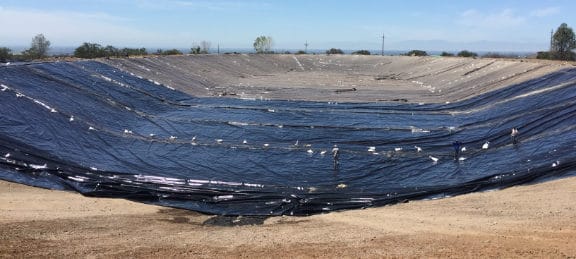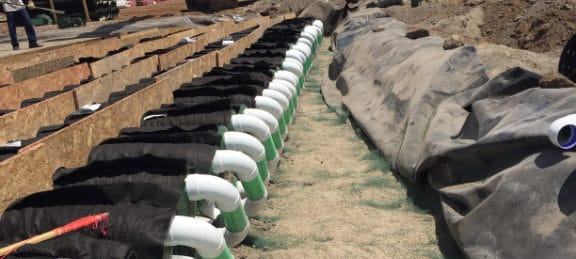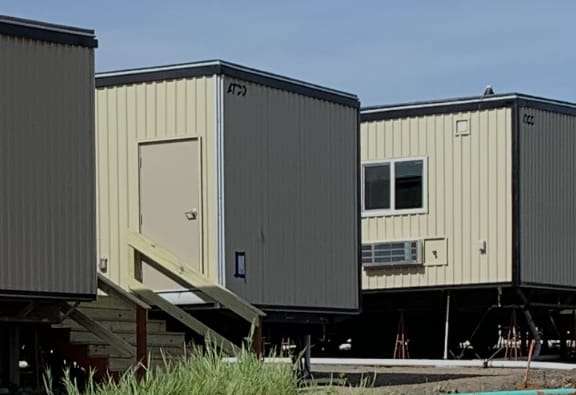
Wastewater Treatment Capacity
100,000 gallons per day
Personnel Accommodation
Housing, & amenities for 1,500 workers
In the wake of the devastating Camp Fire that destroyed 90% of the town of Paradise, CA, the federal government mobilized to provide emergency housing and services to thousands of displaced residents and essential recovery personnel. FEMA’s response included the construction of a massive basecamp facility designed to house over 1,500 workers, complete with housing, food services, restrooms, and critical infrastructure.
Caltech was selected, alongside our sister company NexGen Septics, to help deliver a solution that could meet the enormous demand for wastewater management — and do so on an urgent timeline, under some of the most challenging logistical and environmental circumstances imaginable.
The Challenge
FEMA required a wastewater system that could:
- Handle 100,000 gallons per day of wastewater
- Operate reliably in remote, wildfire-impacted terrain
- Be installed quickly to meet urgent recovery housing needs
- Minimize environmental impact while meeting stringent state regulatory standards
Traditional systems couldn’t meet all of these criteria. FEMA and its contractor, ECC, needed a partner that could bring together deep technical expertise, field-tested equipment, and rapid deployment capabilities. That’s where Caltech came in.
Caltech’s Approach
Our team designed and installed one of the largest passive wastewater treatment systems in California — built around advanced aerobic treatment units (ATUs) from Presby Environmental, Inc.
We worked with NexGen to:
- Engineer a modular, scalable treatment system to meet FEMA’s volume requirements
- Minimize installation complexity to reduce risk and timelines
- Coordinate with local and state environmental agencies to secure fast-track approvals
- Design a system that treats 99% of contaminants without the need for electricity or high-maintenance components
Beyond engineering and installation, Caltech ensured the project aligned with FEMA’s broader goals of sustainability, speed, and reliability.
Results
The system was deployed and brought online on schedule, providing reliable service to over 1,500 on-site workers. The installed ATU treats both gray and blackwater with an environmentally minimal footprint, all while operating without electrical components, drastically reducing potential failure points and future service calls.
This solution not only met FEMA’s needs — it exceeded expectations. The site remained fully operational throughout the recovery phase, and the wastewater infrastructure continues to be one of the most innovative and successful applications of passive treatment in the region.
A Model for Scalable, Resilient Infrastructure
The FEMA Basecamp project has become a benchmark for rapid-response environmental construction. It demonstrates Caltech’s ability to integrate regulatory compliance, advanced engineering, and full-scope construction — even under tight deadlines and disaster conditions.
It’s the kind of work we’re proud of — and a strong example of the results we deliver when the stakes are highest.
